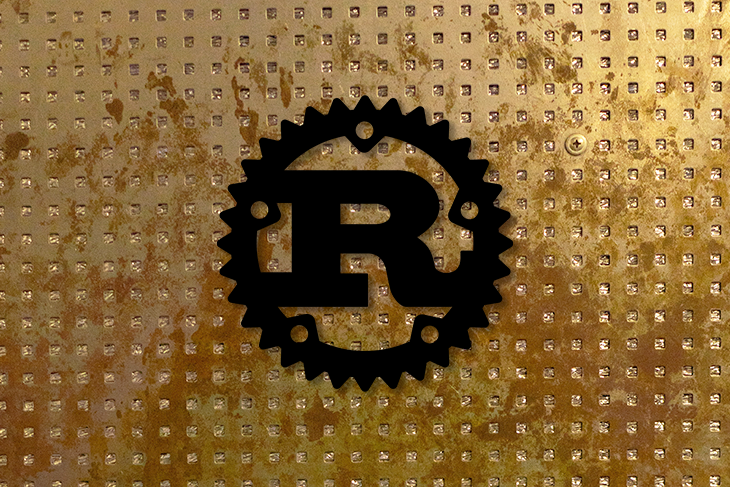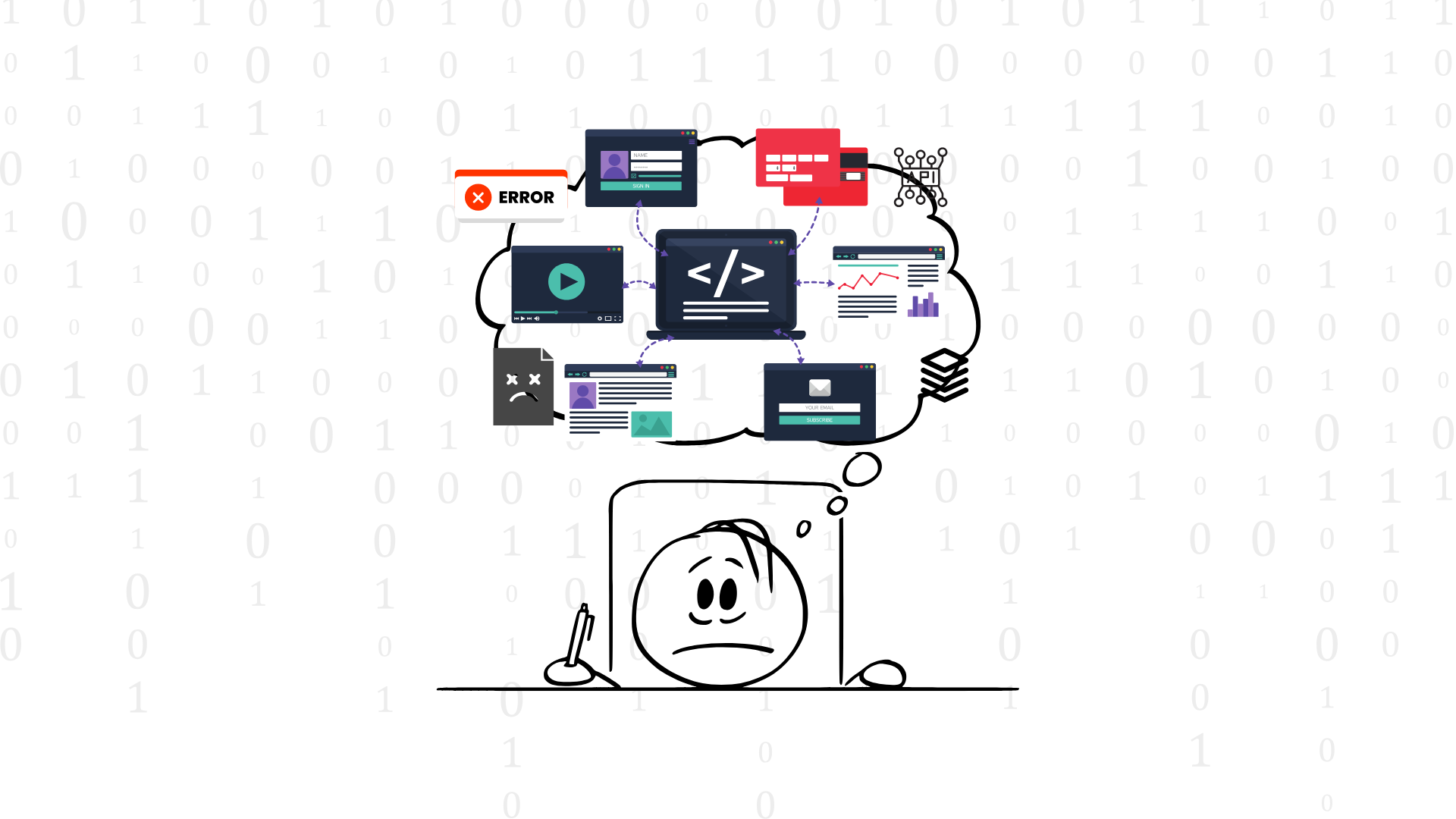The HARM Stack (HTMX, Axum/AlpineJS, Rust, Maud) Considered Unharmful
Generally, there are two ways of web rendering: the first is SSR, stands for Server-Side Rendering; the second is CSR, stands for Client-Side Rendering. Both come with different trade-offs. Someone has compared that to a cycle, where we first started with SSR, then moved to CSR/SPA as the client-side application state became complex. Because CSR has its problems, we (re)discovered SSR 1 with HTMX, or even NextJS SSR. There were many writing about issues of CSR and SPA 2 3, but I would summarize them essentially as a state synchronization problem between the client and the server that results in complexity 4.
SSR supposes to solve this by treating the UI as a representation of the server’s state 5, but it has a big UX problem: on receiving HTML, the browser reloads the whole page, creating a white flickerring screen. HTMX, while doesn’t seem like a revolution at first, solves this exact problem. It makes the end UI implementation just “good enough” without bringing in the complexity of CSR/maintaining two states.
As we consider HTMX as the core and the main topic, you might wonder why is the title about HARM stack? The HARM acronym is memorable, I must admit. Also, I can attract more reader that way (people who are either interested in HTMX, or Axum, or AlpineJS, or Rust, or Maud). The ARM (Axum/AlpineJS, Rust, Maud) parts are expandable (can be replaced easily), and I will explore that in another section of this post.









.jpg?cache-buster=2024-11-15T15:11:00.384Z)








